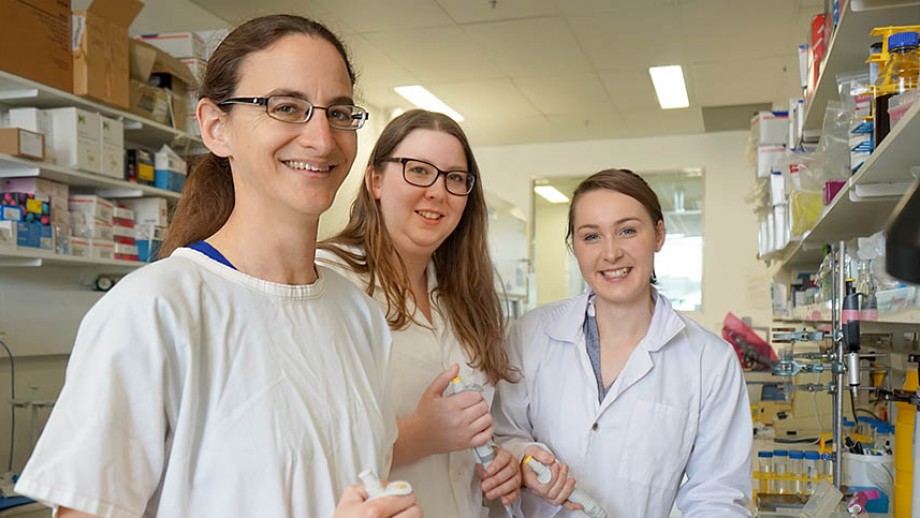Fahrer Group - Immunology

Fahrer Group - Immunology
We are working on a very simple and inexpensive cancer immunotherapy treatment, and a bioinformatics study looking for novel proteins in different genomes.
Research theme
About
The Group is focused on two main areas of research at the moment:
- A very simple and inexpensive cancer immunotherapy treatment I have come up with, involving a single injection of an immune stimulant into a tumour.
- A bioinformatics study looking for novel proteins in different genomes. We have just recently around 2000 novel proteins from humans and mice.








